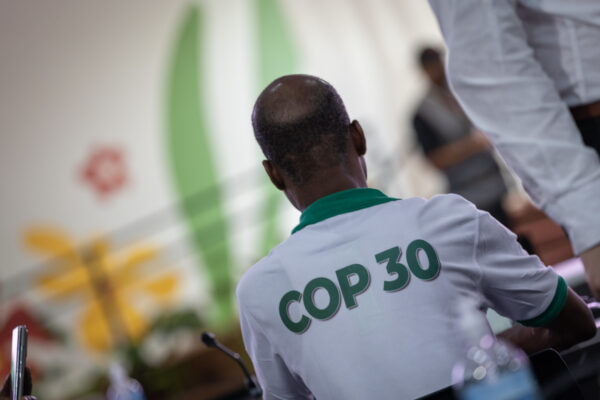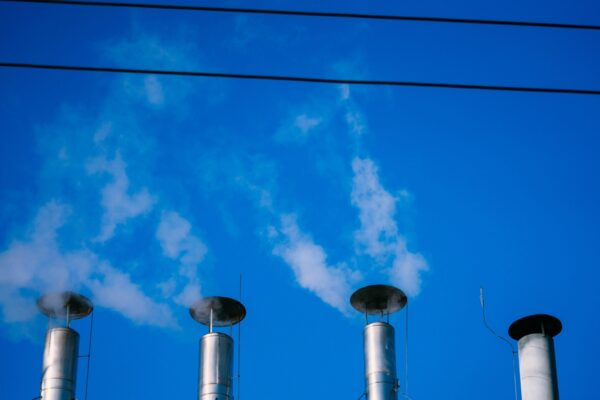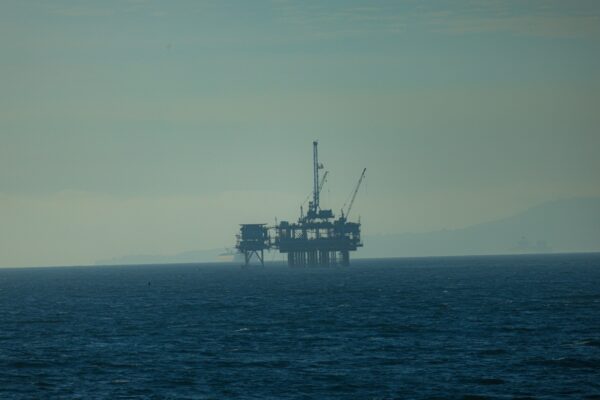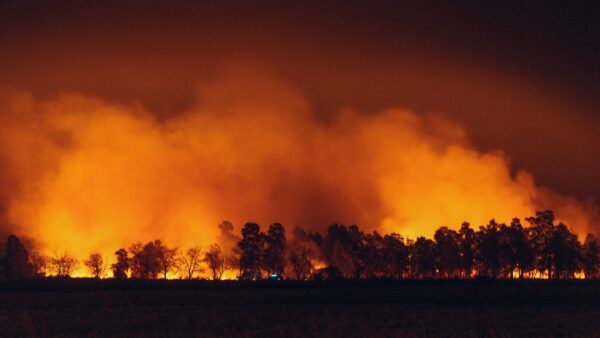Beetaloo fracking and Middle Arm emissions wildly underestimated: analysis
An independent analysis of the projected emissions from the Northern Territory's proposed Beetaloo Basin gas fracking project — and the associated Middle Arm LNG precinct in Darwin Harbour — has found they've been gravely underestimated, as have the availability of offsets to deal with them.
Share
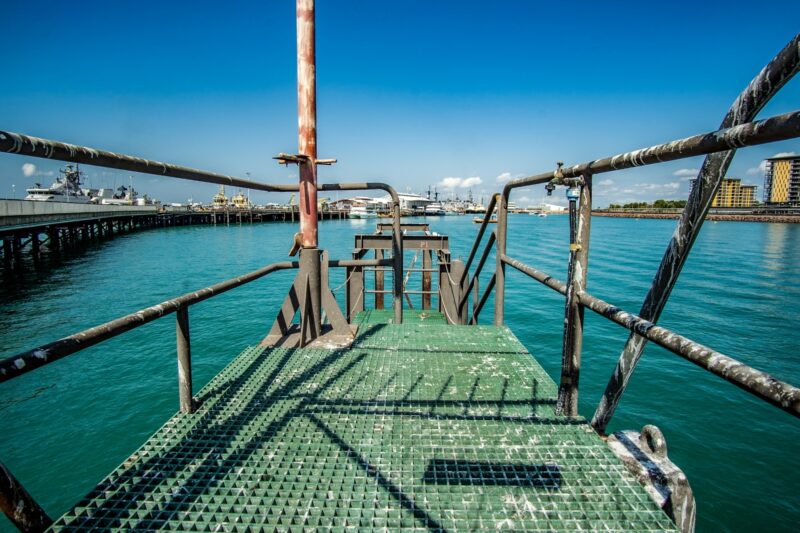
An independent analysis of the projected emissions from the Northern Territory's proposed Beetaloo Basin gas fracking project — and the associated Middle Arm LNG precinct in Darwin Harbour — has found they've been gravely underestimated, as have the availability of offsets to deal with them.
In February, government science agency CSIRO's Gas Industry Social and Environmental Research Alliance (GISERA) produced a report on the potential emissions from the project.
Based on its findings, the Northern Territory government announced it had met a key recommendation of the Pepper inquiry, "That the NT and Australian governments seek to ensure that there is no net increase in the lifecycle GHG emissions emitted in Australia from any onshore shale gas produced in the NT."
In May the Northern Territory government announced production could begin. Energy Ministers are now working on how to satisfy this recommendation.
In the first independent analysis of the report, Climate Analytics, in its "Emissions Impossible" report found that CSIRO's GISERA has widely underestimated the emissions.
The Beetaloo fracking project alone, the analysts found, would produce annual domestic lifecycle carbon dioxide emissions equivalent to up to 11% of Australia's total 2021 emissions, and would generate more emissions than the 2030 reduction goal under the new Safeguard Mechanism regulations. While the CSIRO GISERA report estimated that nearly half of the offsets needed would have to be sourced internationally, this is not allowed under the new regulations.
Climate Analytics CEO and climate scientist, Bill Hare, said, "The GISERA analysis provided to the Northern Territory and Federal Governments was flat out wrong. These projects would produce a climate bomb that cannot be offset: we're looking at a massive increase in emissions both here and overseas from both fracking the Beetaloo and the associated Middle Arm LNG project."
Climate Analytics analyst and report author Thomas Houlie said: "Everywhere we looked, we found the GISERA report had significantly underestimated emissions factors, from the emissions intensity of fracked gas, to methane loss and leakage, LNG production, the availability of offsets and the capture rate for carbon capture: all of these add up to a rosy picture that simply doesn't reflect reality."
Today, Climate Analytics submitted the report to the Senate Committee of Inquiry into the government-funded Middle Arm gas precinct, where Tamboran Resources proposes a LNG development.
The independent analysis also provides the first full emissions projections for Tamboran's Liquefied Natural Gas plant at Middle Arm, calculating that the first part of the project would generate domestic lifecycle emissions equivalent to adding six to eight million new cars to Australia's roads, and total (including overseas) emissions more than 50% higher than Australia's 2021 emissions.
Tamboran's announced plan to expand capacity post 2030 would generate the equivalent of adding 30-38 million additional cars to Australian roads (10-13% of 2021 emissions). It would wipe out the benefits of moving our entire light vehicle fleet to electric by the mid 2030s three times over.
Yanyuwa and Garawa woman and Director of Nurrdalinji Aboriginal Corporation, which commissioned Climate Analytics’ report, Joni Wilson, lives with her young family at Lightning Ridge, a tiny outstation located close to Imperial’s exploration wells. She says,
“We put our feet to this land and it talks to us - it’s alive. As a jungayi for my country I have a responsibility to protect and care for it.
“We used to live off a seasonal calendar, but we notice changes. Country is our supermarket and already we’re seeing less and less birds, turkey, fish and goannas and collecting food is becoming harder.
“Climate change, which will affect everyone, is seeing longer dry seasons and much heavier rains where we live. We don’t want fracking, which this report shows will make it hotter and harder for us and future generations to live on country".
Key findings
The CSIRO-GISERA report:
- Underestimated emissions for the Beetaloo project and its associated LNG production facilities across the board, across all areas of the proposed project, from methane leakage on extraction to liquefaction emissions intensity.
- The methane loss rate is underestimated by at least 56%.
- The upstream emissions intensity is underestimated by 44% to 110%.
- LNG production emissions underestimated by 57% to 89%.
- Underestimated annual onshore emissions by up to 84% from the scenarios used.
- Underestimated the cumulative total emissions over 25 years, including those occurring overseas, by close to 1.5 times Australia’s 2021 emissions.
- Focused on using offsets rather than real mitigation measures.
- Failed to account for any of the scientific findings questioning the efficacy of using offsets for fossil CO2 emissions.
- Putting the emphasis on offsets, despite findings that offsets are not a viable alternative to cutting emissions.
- Using liberal assumptions for all the offsetting methods under the Emissions Reduction Fund.
- Assuming a potential supply of offsets sufficient to offset Australia’s 2021 emissions in their entirety.
- Significantly exaggerated the viability of blue hydrogen and carbon, capture and storage, which would require injecting CO2 into the Timor Leste seabed to contain it for thousands of years.
Tamboran's Middle Arm emissions
Using updated emission estimates, we find that Tamboran Resources’ plan to develop a 6.6 million tonnes per annum LNG plant at the Australian taxpayer funded Middle Arm gas precinct in the Northern Territory this decade would generate emissions equivalent to 2-3% of Australia’s 2021 emissions. This figure translates to adding six to eight million new cars to Australia's roads.
- Tamboran Resources’ announced plan to expand capacity to 20 million tonnes per annum, would generate emissions equivalent to 10-13% of Australia’s 2021 emissions, equivalent to having 30-38 million additional cars on Australia’s roads.
Cumulatively, over the 25-years life of the project and including exported emissions, Tamboran Resources’ plans to frack the Beetaloo and produce LNG would generate between 0.8 to 3.2 GtCO2e, when the IPCC and the IEA make it clear that existing fossil fuel infrastructure set us on track to exceed the remaining 1.5°C compatible carbon budget.
- The emissions from Tamboran’s plans are 8-51% of Australia’s cumulative emissions from 2024 to 2050, if Australia’s emissions were to decline consistently to become net-zero by 2050.
